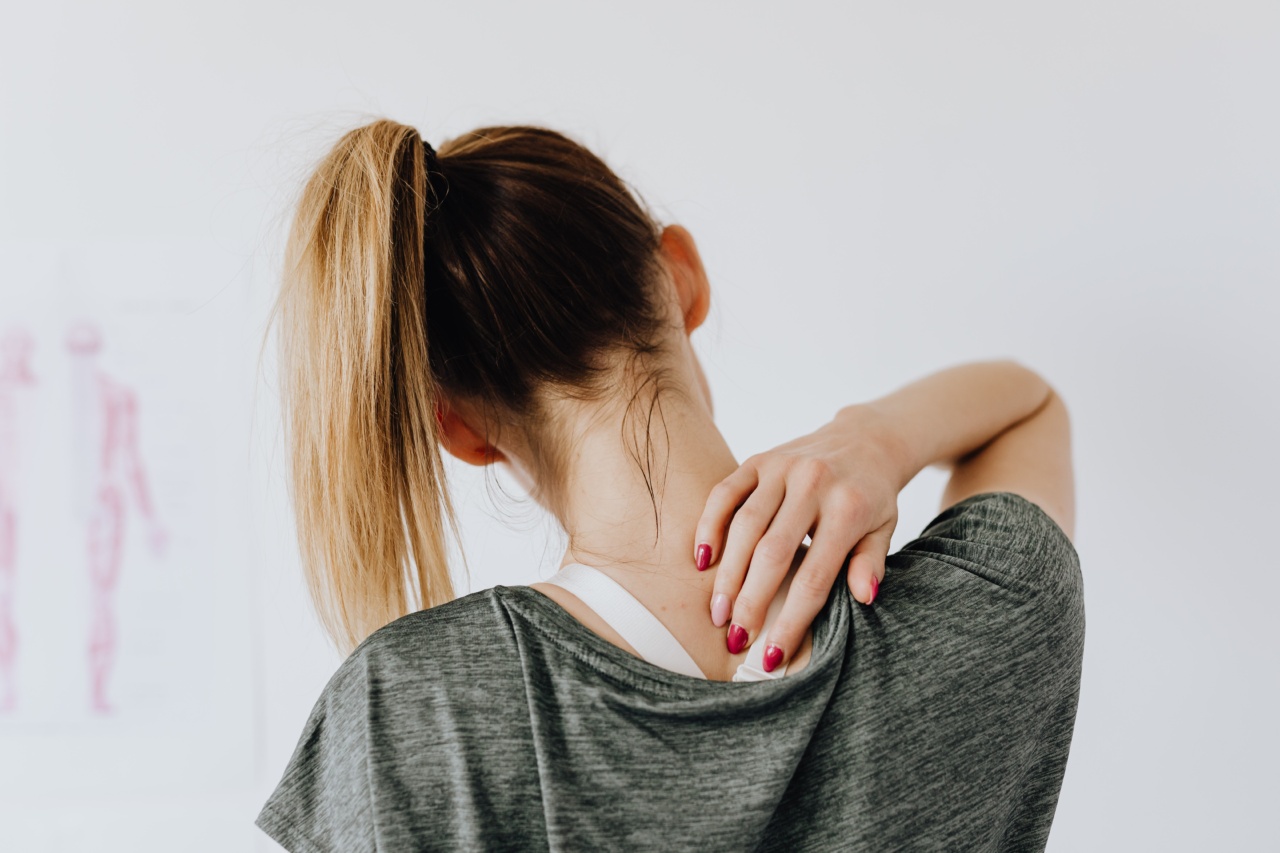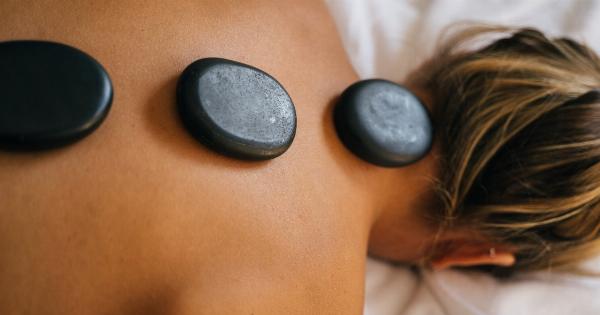Cervical and back pain are some of the most common types of pain experienced by individuals of all ages. While back pain usually affect individuals who are over the age of 30, cervical pain can affect anyone at any age.
In some instances, cervical and back pain may be caused by accidents and/or injuries. However, in most instances, the pain is caused by poor posture, sedentary lifestyle, and/or underlying medical conditions.
Techniques to cope with cervical and back pain
If you are experiencing cervical or back pain, it is important to seek medical attention from a licensed healthcare provider.
A healthcare provider will conduct a thorough physical examination and recommend the best treatment options for your specific condition. In addition to medical treatment, here are six techniques that can help you cope with cervical and back pain:.
1. Exercise
Exercise is one of the most effective ways to manage and cope with cervical and back pain. Regular exercise helps to strengthen the muscles supporting the spine and enhances posture.
When muscles are strengthened, they are better able to support the spine and prevent pain from worsening. Exercise also helps to improve blood circulation, which in turn helps to reduce inflammation and pain.
2. Heat and ice therapy
Heat and ice therapy are effective in reducing inflammation and pain associated with cervical and back pain. Ice therapy is effective in the acute phase of pain and helps to reduce swelling and inflammation.
On the other hand, heat therapy can be used during the recovery phase to promote healing by increasing blood flow to the affected area.
3. Maintain good posture
Good posture is essential for preventing and managing cervical and back pain. When you maintain good posture, your spine is aligned properly and stress on the neck and back muscles is reduced.
When sitting down, ensure that your feet are flat on the ground, your back is straight, and your shoulders are relaxed. When standing, ensure that your weight is evenly distributed on both feet, your shoulders are relaxed, and your chin is parallel to the ground.
4. Relaxation techniques
Relaxation techniques such as deep breathing, yoga, meditation, and tai chi can help to reduce stress and tension in the body. When the body is relaxed, it is better able to cope with pain and discomfort associated with cervical and back pain.
5. Physical therapy
Physical therapy can be helpful in managing and treating cervical and back pain. A physical therapist will work with you to create a customized exercise and stretching routine to help reduce pain and improve mobility.
Physical therapy can also include massage therapy, ultrasound therapy, and electrical stimulation therapy.
6. Pain medications
If your cervical or back pain is severe, your healthcare provider may recommend over-the-counter or prescribed pain medications. Pain medications can help to reduce inflammation and pain associated with cervical and back pain.
It is important to follow your healthcare provider’s instructions when taking pain medications.
Conclusion
Cervical and back pain can be debilitating, but by incorporating these six techniques into your daily routine, you can effectively manage and cope with the pain.
As always, it is important to seek medical attention from a licensed healthcare provider if you experience severe or persistent cervical or back pain.





























